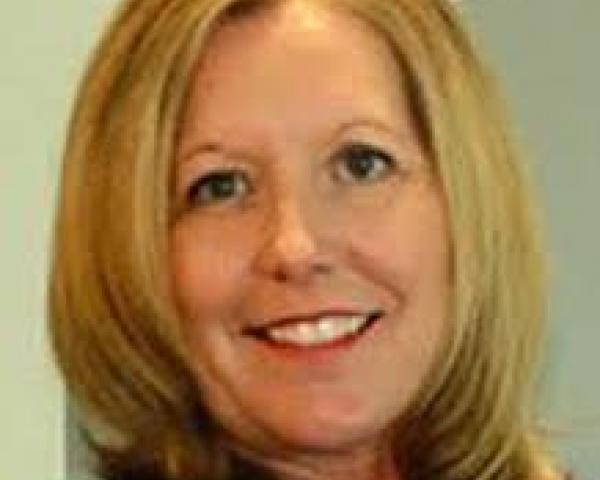If you’ve been paying attention to the technology landscape, you’ve heard of blockchain. The inherent capabilities of this distributed ledger technology are vast, in its ability to efficiently, transparently and securely transmit information. As a neutral, not-for-profit advisory organization and statistical agent, AAIS needs access to key data with which to create loss costs and other insurance products and solutions for our member carriers. This is what led to the use of blockchain technology to develop our Open Insurance Data Link (openIDL) platform.
The Data Access Problem
As an advisory agency, our goal to create innovative products and inform better public policy starts and finishes with the data we can access. The obstacle to leveraging data is that it is often “locked” in proprietary silos and legacy systems that carriers are powerless to access efficiently. Additionally, companies like AAIS need more granular data that companies were not willing to share, concerned they might jeopardize market position. We often found that regulators encountered similar obstacles when asking for data to inform public policy.
The Birth of openIDL
During the exploration of a solution to data sharing in the insurance industry, it became clear to us that our industry needed an external data strategy that could remove existing barriers. Companies need to be able to assert control, support privacy of their data and allow enough transparency to others, including regulators and innovators, to improve the insurance data ecosystem. As with any ecosystem, change would need to be introduced with balanced and deliberate decisions around the use of data. It was apparent that blockchain/distributed ledger could be the conduit to support change.
With the help of stakeholders across the insurance community, AAIS set out to develop a technology platform that would fulfill data requirements for insurers while retaining the privacy of their data and providing regulators with the transparency and insights they need, when they need them. Together with IBM, AAIS built openIDL on Hyperledger fabric because of its commitment to open source as the best way to equitably bring change to industry. It was the first step toward ensuring that openIDL could not be owned by any one organization and used as a proprietary weapon within the industry. We sought freedom from that kind of control. openIDL would be an industry solution.
Understanding the need to apply governance principles to our open-source community led us to work with the Linux Foundation, one of the largest open-source consortiums in the world. AAIS came to realize that donating the openIDL technology to the open-source community at Linux would increase adoption of the platform across the industry and across the broader insurance ecosystem. So, on April 12, 2021, openIDL became a Linux Foundation project.
See also: Blockchain Smooths Subrogation
COVID-19 Data Call…The First Use Case
The first use case for openIDL focused on regulatory reporting because basic claims and policy data from statistical reporting and data call (Figure I) activities are core data elements needed throughout the insurance ecosystem. It was also important to include the regulatory community in this development because any real change would need to be fully understood and accepted by regulators to penetrate the entire ecosystem.
An openIDL Pilot
By the time the pandemic hit in early 2020, the openIDL platform was ready for a test run in support of a COVID-19 business interruption (BI) data call, with nine state regulators and two large carriers agreeing to participate in a proof of concept (POC) using openIDL. The POC would replicate an earlier COVID-19 data call (Figure II) from the National Association of Insurance Commissioners (NAIC), using the capabilities of blockchain as applied to regulatory reporting.
The Results: Success
The openIDL POC yielded tangible successes. Not only was openIDL able to recreate the earlier COVID-19 BI data call, but new value was derived by introducing third-party data from the Federal Payroll Protection Loan database. Newfound insights were uncovered without the carriers’ private address level data ever leaving their control and possession. The utility of blockchain’s immutable ledger could be used to gain accountability and access to insights that we have never seen before, while dramatically improving the output and process of insurance regulatory reporting for both insurers and regulators.
During the pilot, openIDL exhibited several advantages over traditional methods of regulatory compliance. Among them:
- insurers could deliver far timelier data, more efficiently and potentially instantaneously once their dedicated openIDL “node” was populated
- insurer data could be leveraged by regulators, while remaining private, secure and in full control of participating carriers
- insurer information could be correlated with data from other sources to reveal deeper, previously unattainable insights
Ultimately, the ability to share insights while maintaining the privacy and security of data for all openIDL participants is a game-changer, ushering in a new era of quality underwriting capabilities, new product and service development and increased value to policyholders.
Next Steps
With openIDL now a Linux Foundation Project, AAIS and the Linux Foundation Regulatory Reporting Steering Committee will continue to work with regulators, insurers and other stakeholders to expand and evolve openIDL as the next-generation standard for statutory and periodic reporting, and perhaps the foundation for broader applications across the insurance ecosystem. Participation by stakeholders across the industry is welcomed!
See also: Breakthrough for Blockchain?
If you would like to learn more or participate in future proofs of concept, please contact Robin Westcott at robinw@aaisonline.com or Lori Dreaver Munn at lorim@aaisonline.com.






